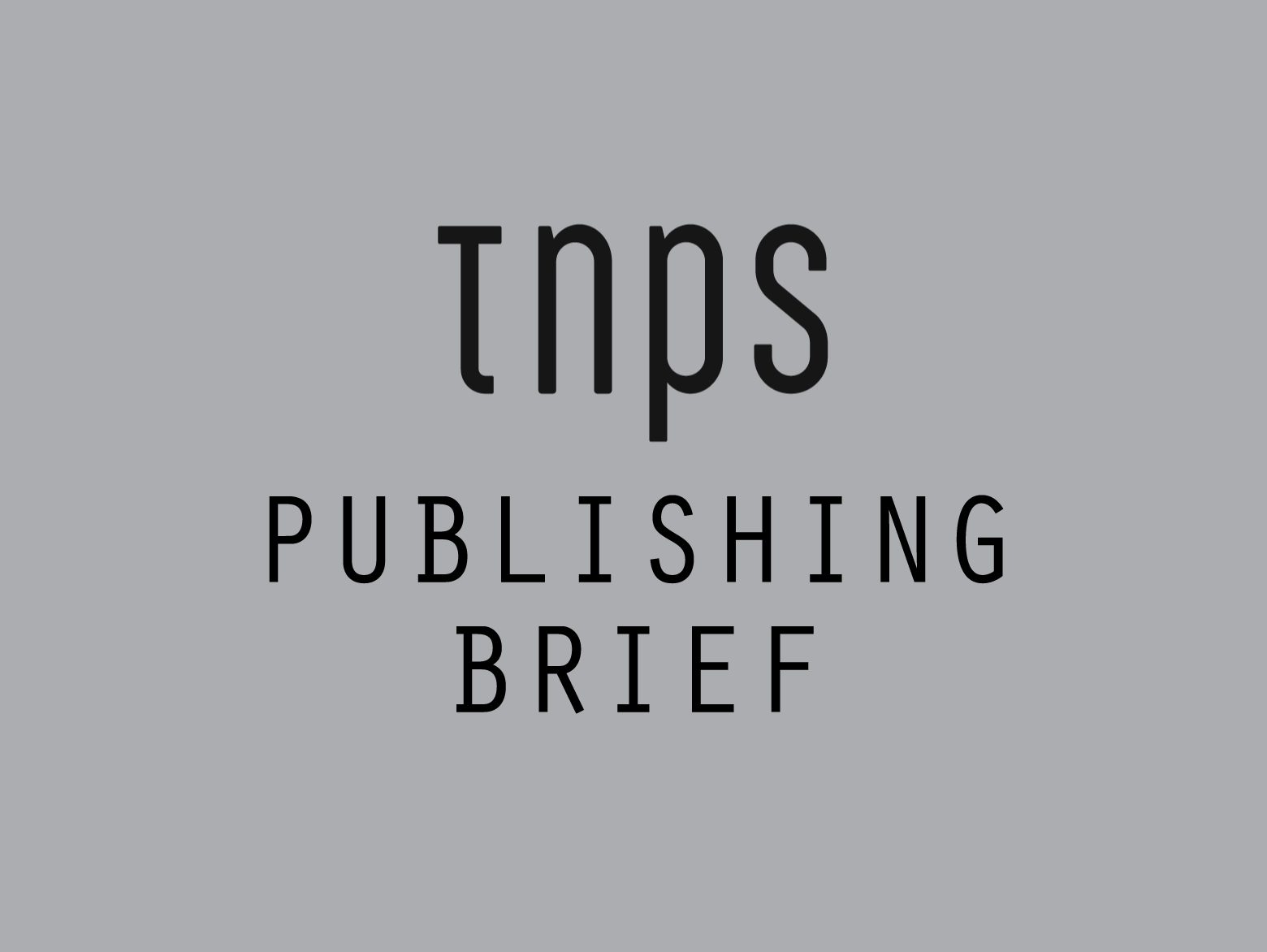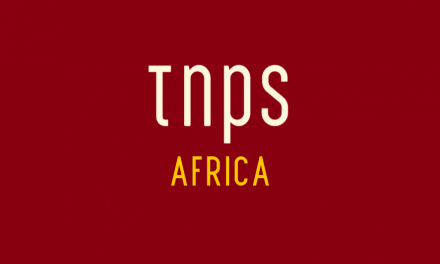There’s no disputing that, with internet penetration at 92%, amounting to 60 million people online, the digital take up in the books arena remains slow and low. But how much that is due to consumer desire for print, how much due to French pricing regulations, and how much it is driven by publishers consciously holding digital back, as we’ve seen in the US and UK, is a matter for conjecture.
The French Syndicat national de l’édition livre reports that in 2019 just 8.7% of publisher revenue came from digital.
While the figure can be considered conservative as it derives from data supplied by 160 publishing houses so will have missed many small press and independent author sales, total revenue amounted to €2.6 billion ($3 billion), digital comprising €232.3 million of that.
70.5% of that was accounted for in the professional and academic arena, with trade fiction amounting to just 13% of total digital sales. Digital non-fiction amounted to 6% of total digital, at €14.3 million.
Per Actuallitté’s summary.
The school publishing sector is experiencing a real surge in digital fever, with 111.19% growth between 2018 and 2019, from €11 million to €24 million in turnover. This exceptional dynamic can be explained, according to the SNE, by “digital sales of textbooks and school licenses on the occasion of the reform of the Baccalaureate programs”.
Actuallitté adds:
Within digital book sales, downloading and streaming represent 50.6% of purchases and subscriptions and sales of content licenses, 47.3%. There remain sales on physical media (1.9%) and sales of applications (0.2%).
It will be instructive to compare the 2020 numbers when French booklovers were forced online to buy, to know how much the pandemic impacted the 2019 pattern, and how much consumers chose to revert to bookstore print buying during the lockdown-easing periods.
There’s no disputing that, with internet penetration at 92%, amounting to 60 million people online, digital take up in the books arena remains slow and low.
But how much that is due to consumer desire for print, how much due to French pricing regulations, and how much it is driven by publishers consciously holding digital back, as we’ve seen in the US and UK, is a matter for conjecture.





